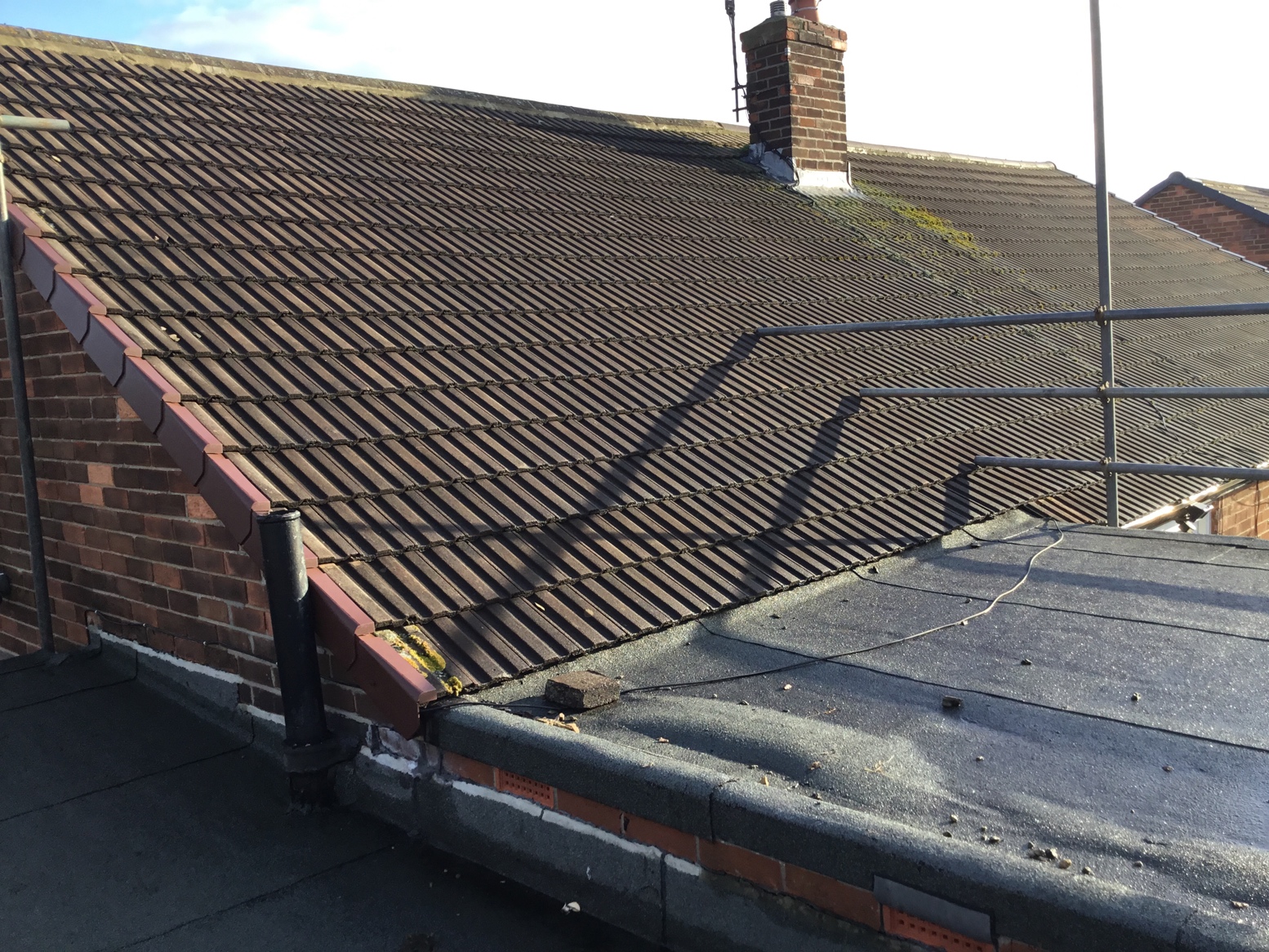
When you hear the words ‘air pollution’ mentioned, you probably think of traffic or factories causing problems with the air outside. The news is regularly full of stories about this issue. It may interest you to know that air pollution can be just as big a problem inside your home.
The air that you breathe every day may not be of good quality. It may even have a negative effect on the health of you and your family. This is especially the case if there are young children in your household or people who suffer from lung conditions. Let’s examine some of the major causes of indoor air pollution and what you can do about them.
Make use of air filters
You can usually open the windows of your home if you want to ventilate it. However, this may not be possible when the weather is bad or if anyone in your home suffers from an allergy, like hay fever.
The most effective way to ventilate your home besides opening all the windows is to use home air filters. Filtering the air in your home in this way means that you can improve the environment you live in, from a quality and health point of view.
Do not smoke in your home
Smoking is not just bad for your health. It can also have an adverse effect on the air quality in your home. In fact, cigarette smoke is amongst the most common of household air pollutants.
Particles of the smoke become trapped in fabric throughout the home. This can present a health risk to young children who live in your home. It can also be a danger to people who have chronic lung and heart issues.
Ideally, you should aim to quit smoking altogether as this can help to improve your health and the quality of air in your home. However, if this is not possible, you should always ensure that you smoke outside of your property.
Keep household cleaner use to a minimum
Keeping your home clean is important. However, household cleaners can cause their own set of problems. They give off fumes that reduce the quality of the air. This is especially problematic for anyone who suffers from illnesses such as asthma.
For this reason, you should aim to limit the use of household cleaners. You may also want to consider creating your own natural cleaning solutions. These natural solutions are a good alternative to using harsh chemicals.
Ensure there is sufficient ventilation for a gas stove
If you use gas burners without having a venting hood in place, you risk exposing everyone in your home to gases like carbon monoxide and formaldehyde. These gases can lead to people developing respiratory problems. They can also cause existing respiratory conditions to worsen.
If you have a gas stove in your home, you need to make sure that there is sufficient ventilation present. Doing so helps to reduce the chances of the air in your home becoming polluted.
Keep surfaces free from dust and use a vacuum
A home that is full of dust and mold has poor air quality and is not a healthy place to live. This is why you should always make sure to keep your home clean. There are certain tasks that you need to pay attention to.
- Clear any clutter. It helps if you sort through items in your home on a regular basis and throw away, recycle, sell or donate to charity any items that you do not need.
- Vacuum carpets and rugs at least once each week. Use a vacuum cleaner that has a HEPA filter.
- Clean bedding and curtains on a regular basis. These items should ideally be washed in water that is at least 130° F.
Completing these tasks helps you to keep your home clean. This helps to improve the quality of the air and turns your home into a more pleasant place to live.
Addressing the issues mentioned in this article helps you to protect your home from indoor air pollution. This is important if you want to make sure that your home is a healthy place to live for every member of your household.




 POSTED BY
POSTED BY 

